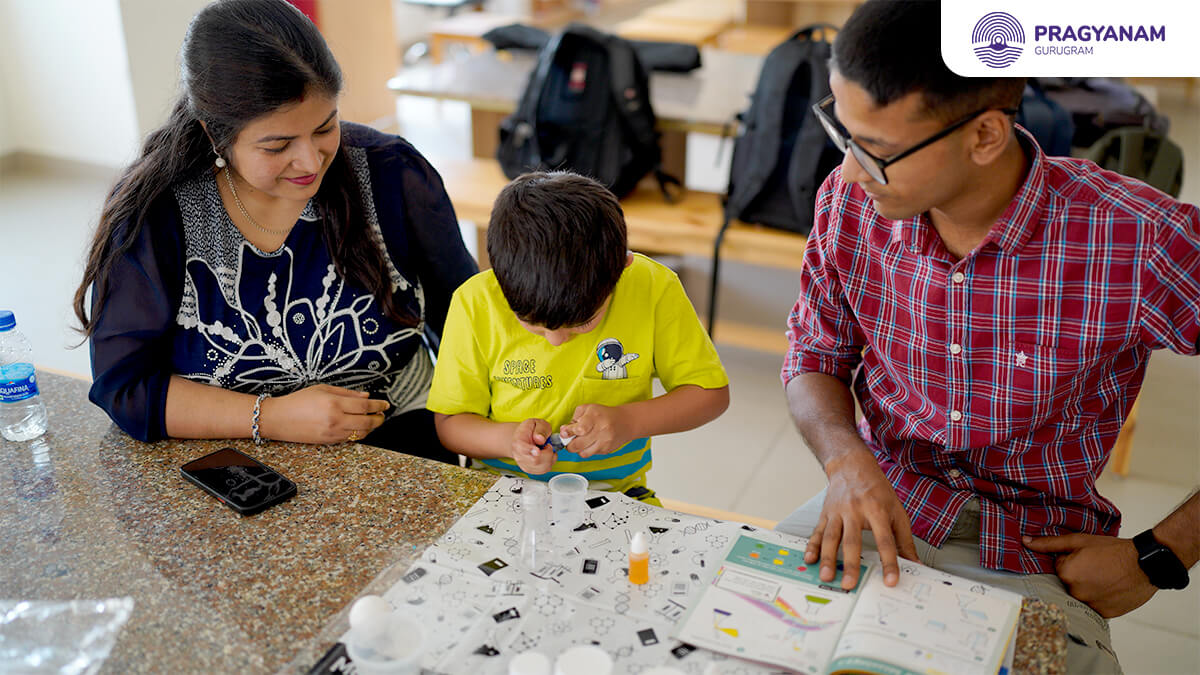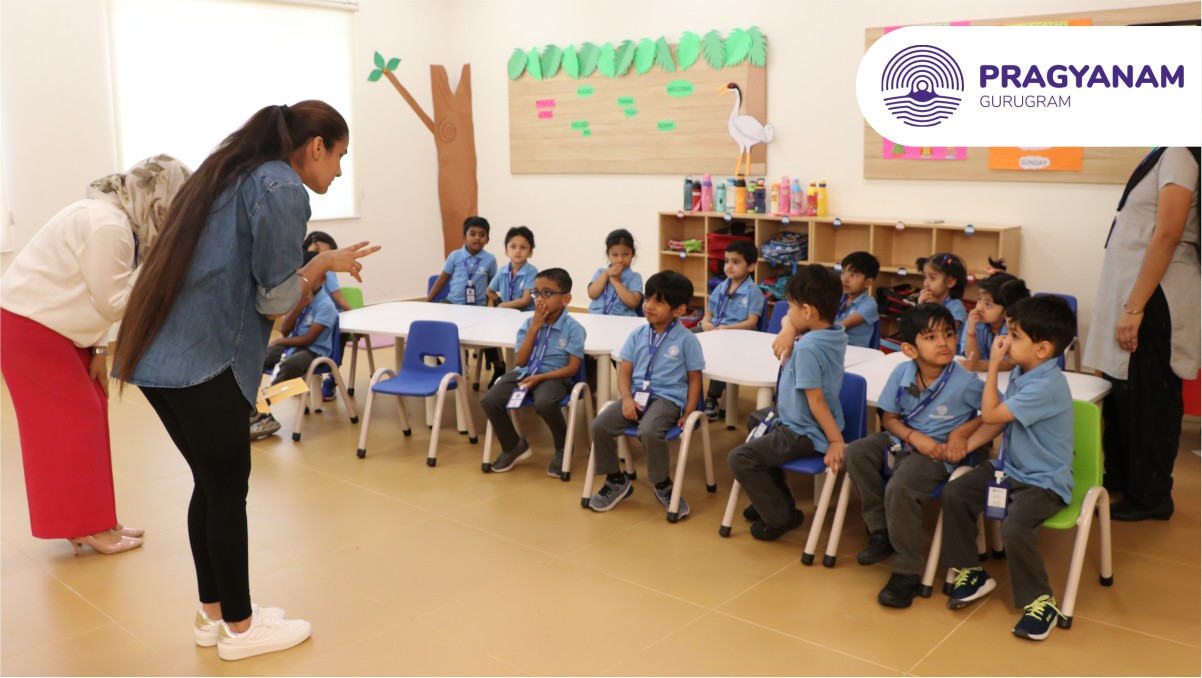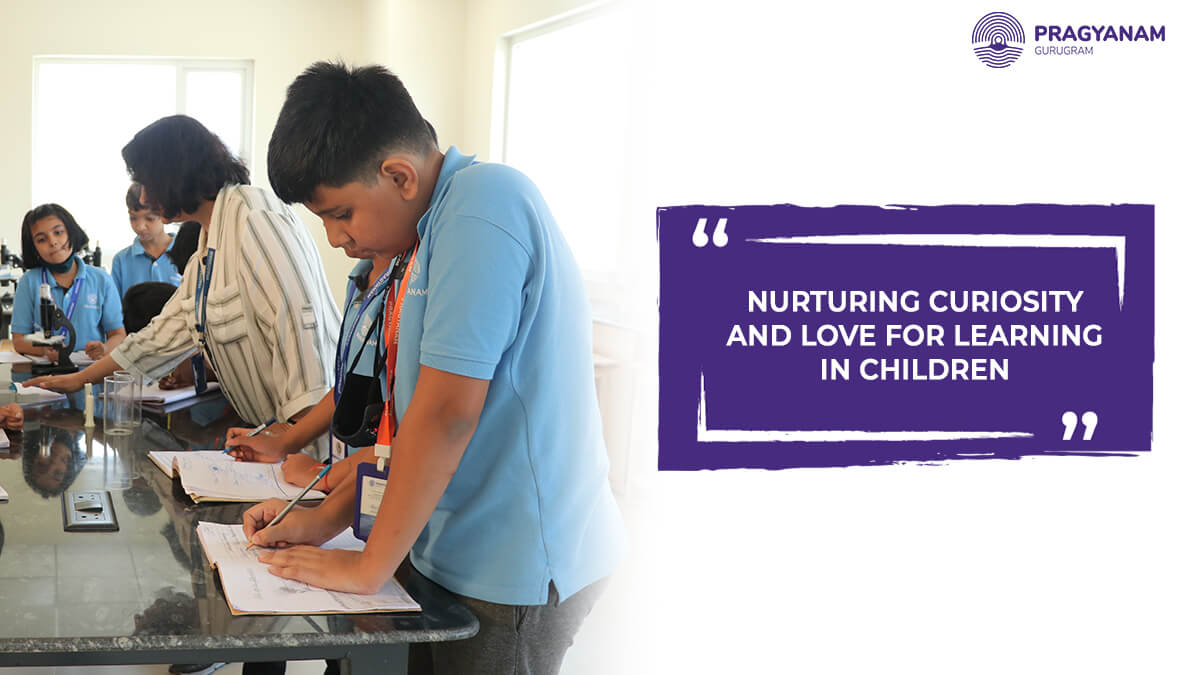Children are born with innate curiosity. Remember how as a toddler your child would venture into every nook & cranny of the house, picking up things, feeling them. It was almost as if he wanted to soak in the world around him with all his senses. Yet when the same child grows up a little, and we formalize this process of discovery, of learning, children dislike it, sometimes even dreading the experience. The big lesson for us to learn as adults here is that instead of pushing things down children’s throats, it would work far better if we fuelled curiosity and nurtured the love for learning. The love of learning can be developed and cultivated using a few simple strategies. This is applicable both in our day-to-day experiences and in making the right choice of school admission in Gurgaon. Let us look at some of the many ways in which you can help create a learner for life:
Table of Contents
1. Explore topics that interest children
You might have a wildlife enthusiast or someone who simply loves the arts. Use the child’s interests & passions to spark a love for learning. In fact, it will be a good idea to expose the child to different aspects and experiences- whether it is visiting a biodiversity park, going to a museum, seeing a theatrical performance & more. All of this will spark many questions in the child, and lead him and you to the road of discovery.

2. Hands-on learning
While it is far easier to tell the child this is how a particular scientific theory works or that there is a given mathematical rule, the learning that the child will gain if he or she could do a hands-on project, will be unparalleled. Movement, interaction, and tactile experiences are therefore key. These are aspects that progressive, top schools incorporate in their pedagogy to create learners for life. Overall when one makes learning an adventure, you are sure to find enthusiasts who will follow this adventure trail without looking at learning as a chore.
3. Make learning fun
Imagine if as a student you had to study about the water cycle or the metamorphosis of a caterpillar into a beautiful butterfly. The one way of course is textbooks & handouts where you could commit these happenings to memory. The other way could be to create a song about the water cycle or write a story from the perspective of a caterpillar as it transforms into a butterfly. You could also be encouraged to research the entire process and then make a model with your understanding of it. No marks for guessing that in the first approach where you are rote learning, the only thing you would be focussed on is to get the work out of the way. How much of that information you would retain in times to come would also be anybody’s guess. On the other hand, if you were left to research the process on your own, odds are that you would discover many aspects of it that you would be tempted to delve into further, even beyond the scope of the work assigned to you. So it is with children when learning is fun, they also tend to follow their curiosity and in the process tend to learn far more than they otherwise would have. Importantly what you would have done is light the spark of curiosity in them that will stay with them throughout life & will ensure that the spirit of discovery never dies.

4. Be a role model
Show, don’t tell. That is the best thing you can do for a child. So while it may certainly help if you tell the child to follow their passion, it will definitely help much more if the child is exposed to an environment where he or she actually witnesses adults around them on a path of discovery. To see that it is normal to go around looking for answers without the fear of failure is the biggest life lesson you can impart to the child. For instance, if the child sees you follow your passion for photography by enrolling in a class or reading up on architecture, a subject that you are enamored by, the subliminal message you are passing to the child is that learning never ends. Similarly, in school, a teacher who is genuinely interested in a subject and goes beyond just the confines of the syllabus to bring the course material to life, for the child, can do wonders.
5. Be mindful of the child’s learning style
Every so often in our enthusiasm to disseminate information we tend to overlook what learning style works best for the child. If you want to nurture curiosity in the child, you need to remember that it is best done by adopting a style that works best for the child. You may, for example, have an auditory learner who learns best with oral information. On the other hand, a learner that relies on kinesthetic will benefit from tactile learning. At Pragyanam, we ensure that diverse learning styles are catered to in our pedagogy, to enable children to learn through ways they are most comfortable with.

To Sum Up
If there is one thing you could do to encourage the love for learning in your child, it needs to be that you ensure that you don’t associate learning with outcomes such as a good grade alone. It is when this happens that children start to associate learning with a sense of anxiety. On the other hand, when learning is about the process, children tend to enjoy it, and as a consequence also do well in it. In fact, praise children for their effort as opposed to their ability alone, and see them light up.
At Pragyanam School, we emphasize on the fact that learning is not a race and that different students have different paces of learning. Our pedagogy is designed to make students fall in love with the process of learning. We encourage children to view challenges as learning opportunities. In addition, our life skills-based curriculum ensures that students learn critical 21st-century skills that help them thrive in a VUCA world.
Here’s to raising a generation of mindful learners, one student at a time!





